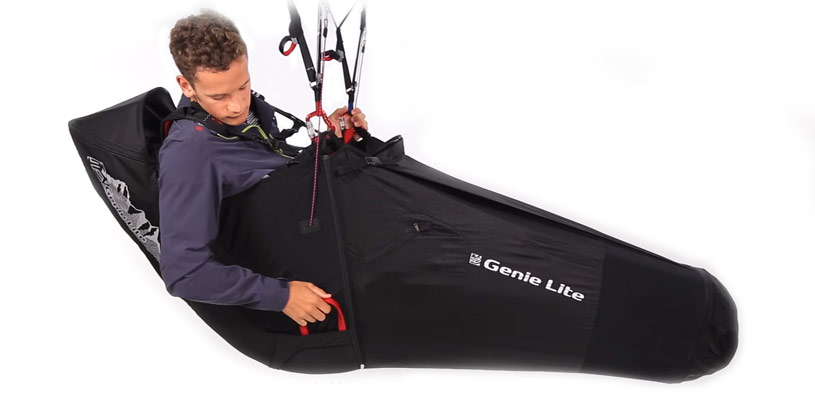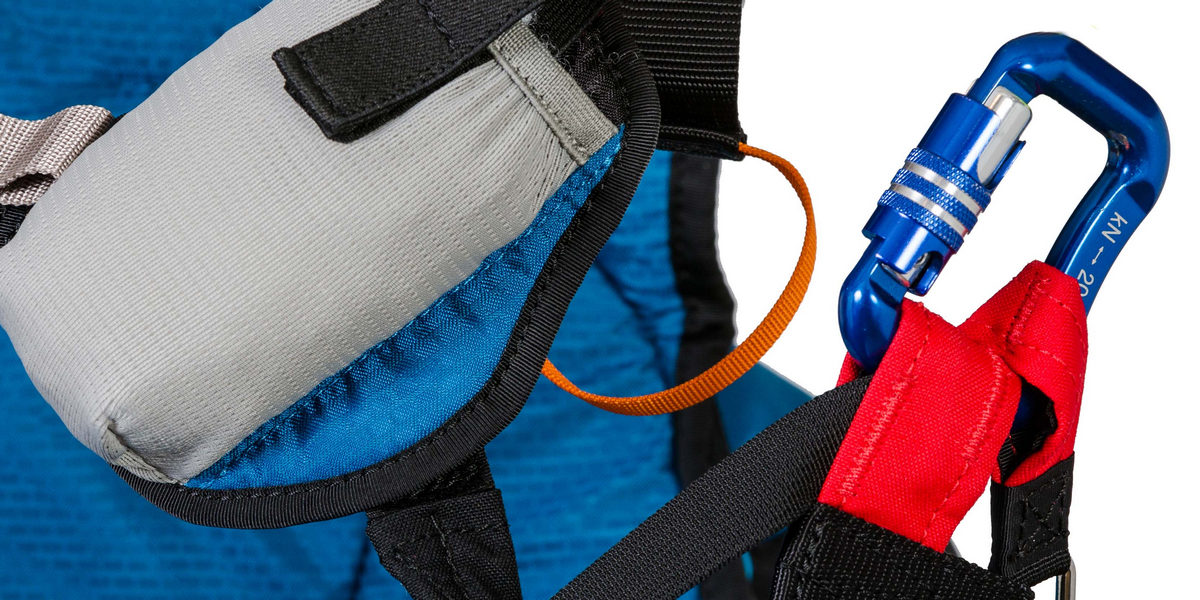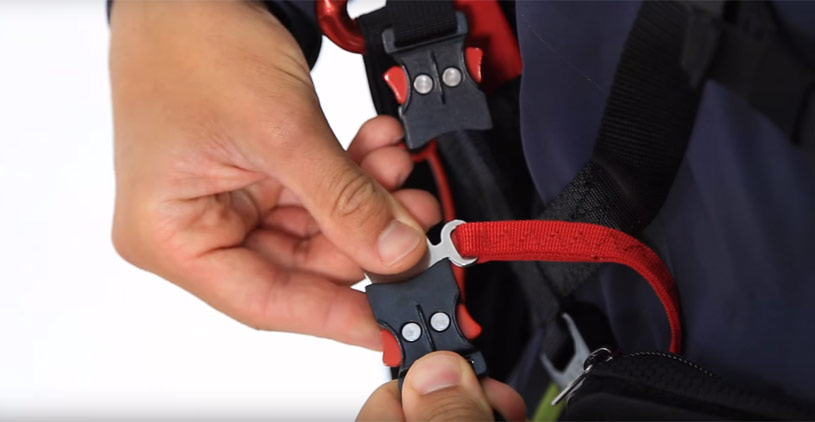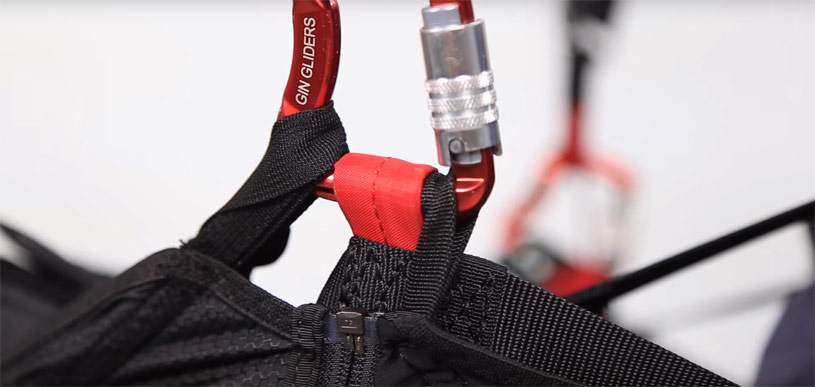
A helicopter pilot would never lift off in the morning without a complete systems check. Paraglider pilots can sometimes skip their daily equipment inspection, because problems are rare and the equipment is deceptively simple. Beware! Paragliding harness maintenance is essential. Make sure you check yours regularly.
The reserve deployment test mentioned before is a valuable exercise, or at the very least, do a regular handle extraction. If the release mechanism uses hook and loop fastener (less common with more modern harnesses nowadays) then this can become bonded and difficult to release; remove and replace the handle to be sure; if there is excessive hook and loop fastener present then consider blanking some of it off to make the release easier.

Dampness from grassy landing fields can soak into the harness fabric, and if left packed up in a heavy glider bag this can slowly damage it, as mould grows into stitched seams. You might not notice this until you have a high-G incident – not the moment you want to discover thread rot.
As part of your paragliding harness maintenance, it's important to periodically check all areas where friction and abrasion can occur. For example the speed system line routing and the webbing of the karabiner attachment points are common areas of wear on harnesses.

If any part of your equipment has hook and loop fastener material then double-check to be that none of the hook fastener part is exposed, as this can be highly aggressive to other materials and greatly weaken webbing over time. If any hook fastener material is uncovered then be sure to completely blank it off with some loop fastener material.
If you have a pod harness then check the speedbag feet entry point and inside, where the speed bar slides up and down, and the internal adjustment system, especially if your chosen footwear has abrasive soles and the speedbag is of a less durable, lightweight variety.
Poorly designed buckles can create friction and chew through straps, so check each of these points by sliding the buckles to a new position on the strap and rolling it over. Check the security of automatic self-locking buckles.

If possible, pull the seatboard out from the fabric sleeve and look for cracks in the board. Also check for damage and wear on the strapping; there’s sometimes a friction point - particularly with carbon fibre boards, which can have abrasive edges. Any sharp edges should be covered with duct tape or gaffer tape to minimise friction, especially with the legs straps. If any critical part of the harness is damaged then it must be professionally repaired before being flown.
Karabiners should be replaced in accordance to the manufacturer's recommendations. This is mostly after 3-5 years, 500 hours or 500 flights, whichever comes first. If they get damaged or banged hard against a hard surface they should be replaced immediately. There are known instances of old or damaged karabiners failing catastrophically in use!

As with most things, karabiners get weaker the older and more used they are, especially if mistreated. Aluminium alloy karabiners are the most common for solo paragliding use, most probably because they are generally cheaper and lighter than their stainless steel counterparts. This is due to aluminium generally having a better strength-to-weight ratio than steel. Stainless steel karabiners are generally stronger (for the same size) and less susceptible to weakening from nicks, scratches and knocks than aluminium alloy ones. This is due to stainless steel being a generally harder and more fatigue resistant material; it's also more corrosion resistant. All karabiners should be regularly checked and replaced over time.
Are there other things you might not have considered? Have a look at our safety notices and see if you can spot some typical issues relating to harnesses. In most cases, regular maintenance will help you to avoid problems. A harness with more robust manufacturing principles will resist damage better.
Brought to you by Flybubble
Like what we do? The best way to support us is to buy gear from us and recommend us to others, thank you!

